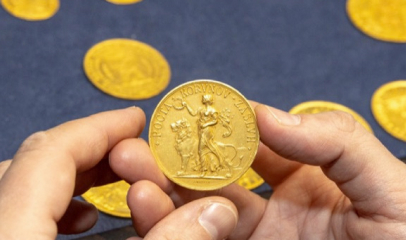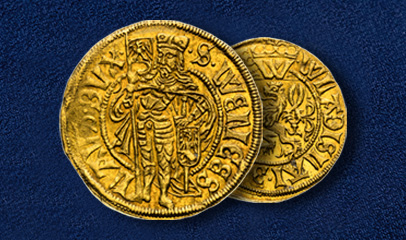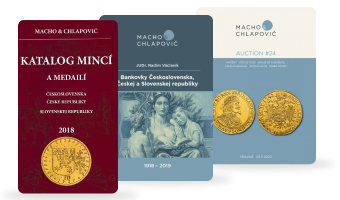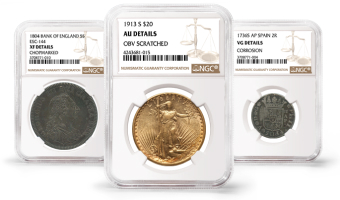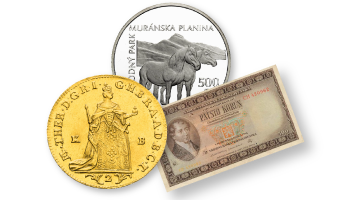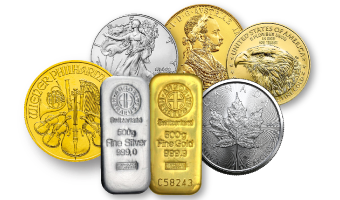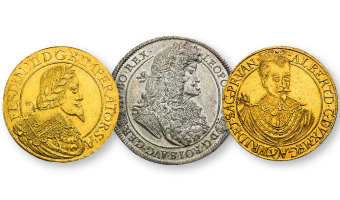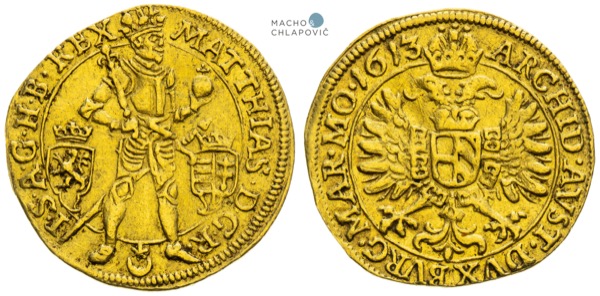
When Frederick V ascended to the throne of Bohemia, the Bohemian anti-Habsburg revolt had reached a critical stage. The initial military successes had been forgotten, the funds raised by confiscating the property of the Catholic supporters of the Viennese court had long since been spent, and the rebellious estates had little desire to finance the war out of their own pockets. The new king was supposed to provide the necessary funds. However, it soon became clear that the Elector Palatine on the Bohemian throne did not have the financial resources to wage the war, and his father-in-law, King James of England, was not keen to invest in a precarious venture in faraway Bohemia. On the afternoon of 8 November 1620, as the news spread through the districts of Prague that the army of the rebellious Bohemian Estates had been defeated to the last man by the imperial troops on the nearby White Mountain plain, many of the Prague townspeople furrowed their brows. Their fears were compounded the next day by the escape of King Frederick V. In the ensuing chaos, he hastily left Prague for Wroclaw in Silesia. At the same time, Habsburg army commanders entered the city and received the treaties of confederation from the estates’ leaders as a sign of surrender.
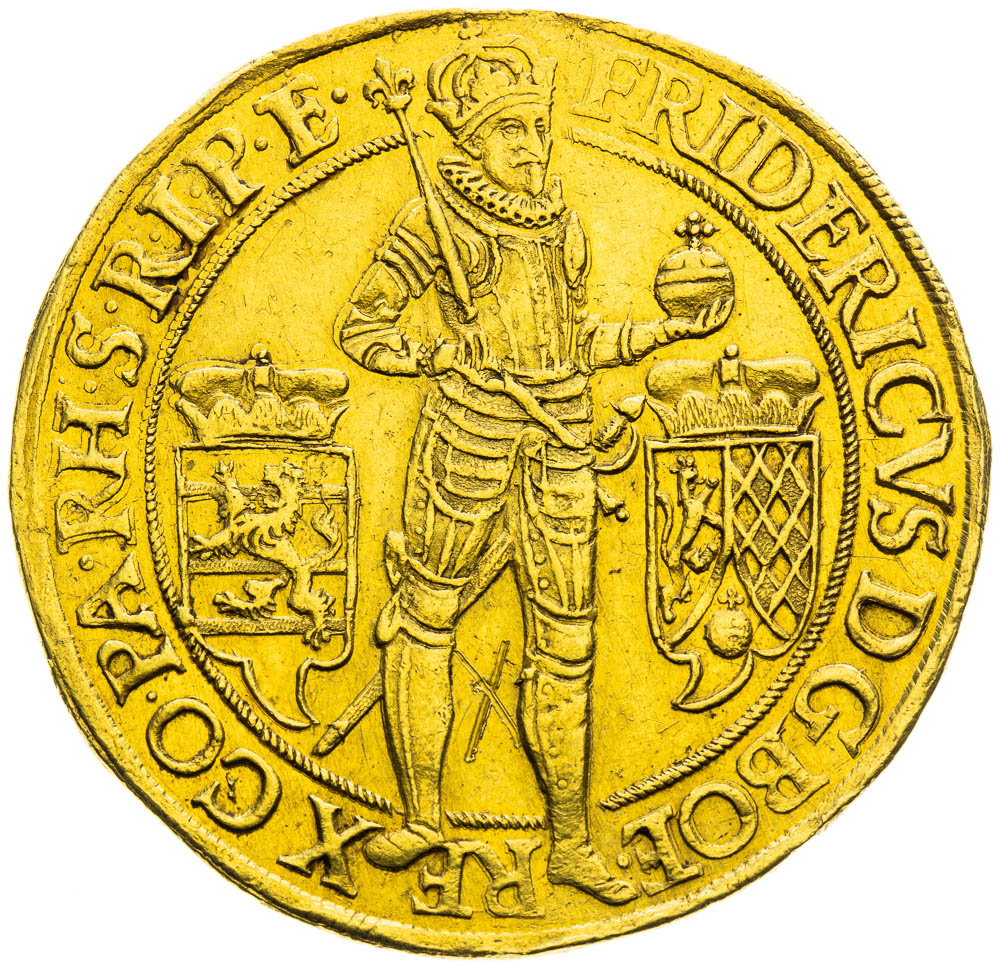
The highest official at the Prague mint, mintmaster Pavel Škréta Šotnovský from Závořice, must have shared these concerns. And he knew why. His career had long been connected with Kuttenberg. In 1604 he became a scribe at the Kuttenberg mint and from 1608 was even the mintmaster for a few years. After the Defenestration of Prague, he declared his allegiance to the ideals of the Estates Revolt and was appointed one of the administrators of Kuttenberg, which was among the richest towns in the Kingdom of Bohemia. His political activity was fruitful. In the autumn of 1619 he became the mintmaster of the Prague mint. We can only speculate that his brother Daniel Škréta, an influential lawyer, economist, member of the Unity of the Brethren and also a member of the Estates Directory, i.e. the rebellious Estates Government, for the town estates, helped pave his way to this lucrative post. Škréta’s mintmark in the form of a double lily appears on all of the Prague coins of Frederick V, not only the silver ones, but also the very rare gold ducats and 10 ducats. One of these, beautifully preserved, is among the most spectacular pieces in Václav Bruna’s collection.
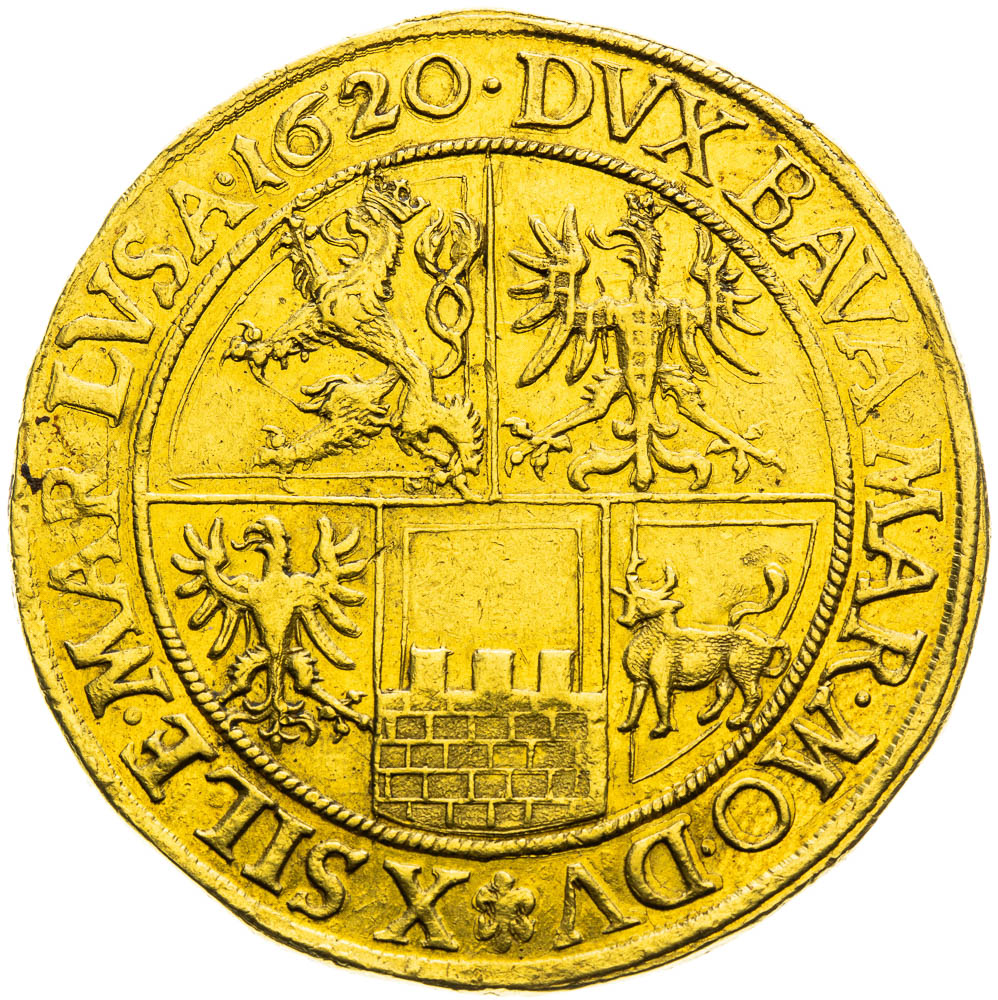
After 8 November 1620, howe
ver, the
situation changed fundamentally. Connections, which had previously helped to secure a more or less deserved career, now became a liability. And Pavel Škréta was certainly aware of this. After all, his brother Daniel was one of the few who, unlike most of the estate directors, had understood the impending danger in time to escape to Poland and save his life. Meanwhile, the victorious Catholic Party was investigating perceived and real transgressions and rewarding its loyalists and careerists of all kinds.
In an att
empt to retain his lucrative post, Pavel Škréta began minting imperial coins bearing the portrait and titulary of Ferdinand II immediately after the Estates’ surrender. Several rare gold and silver coins bearing Škréta’s mintmark and the year 1620 are proof of this. Sometime during the winter months of 1621, Škréta was dismissed from his post and replaced by Beneš Hübmer, after a forced suspension of more than
one year.
Lot 363 -
10 Ducats 16
20
, Frederick
, Prague, extremely rare, extraordinary specimen, starting price €100,000


